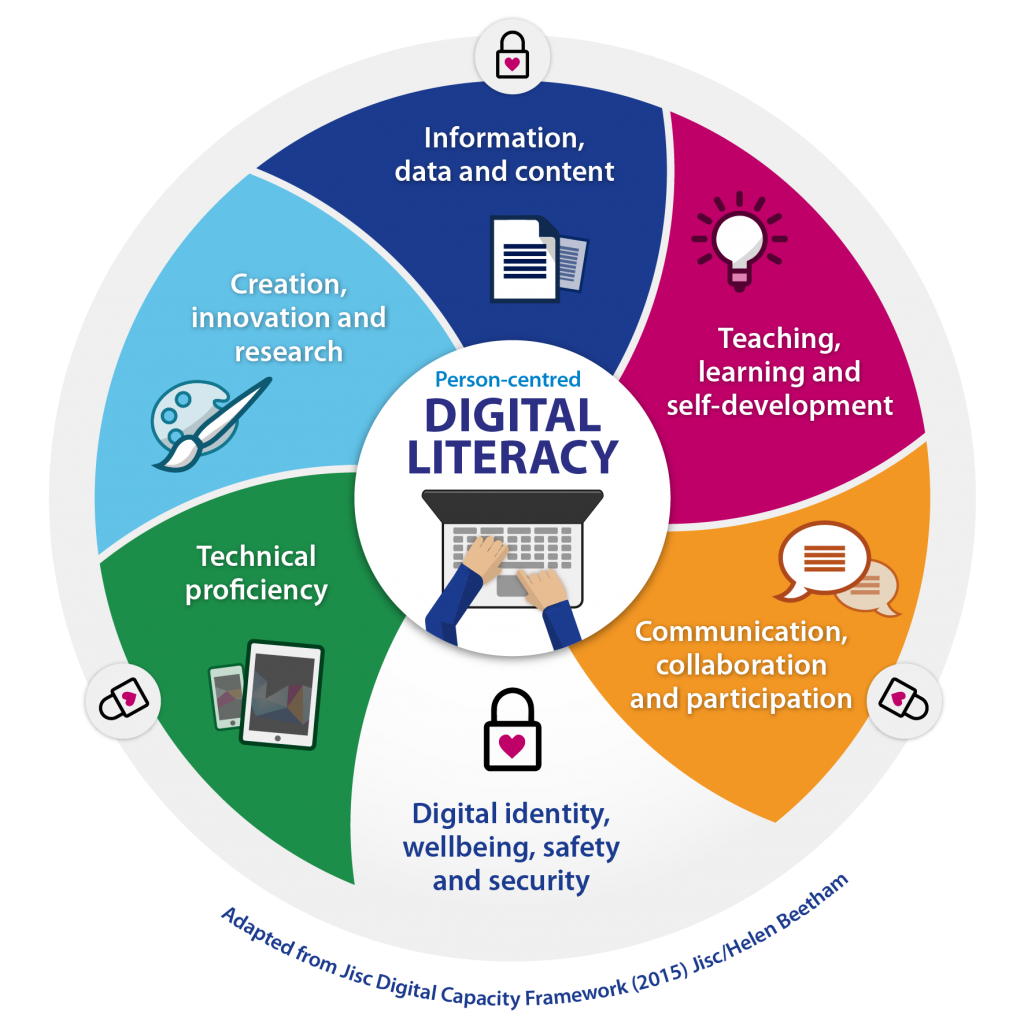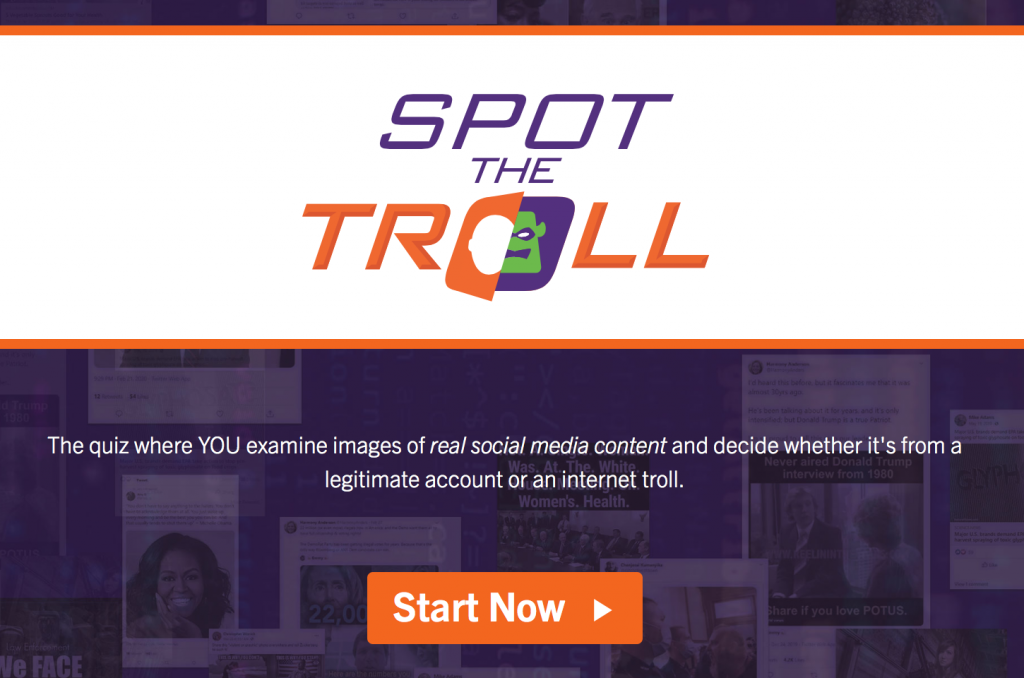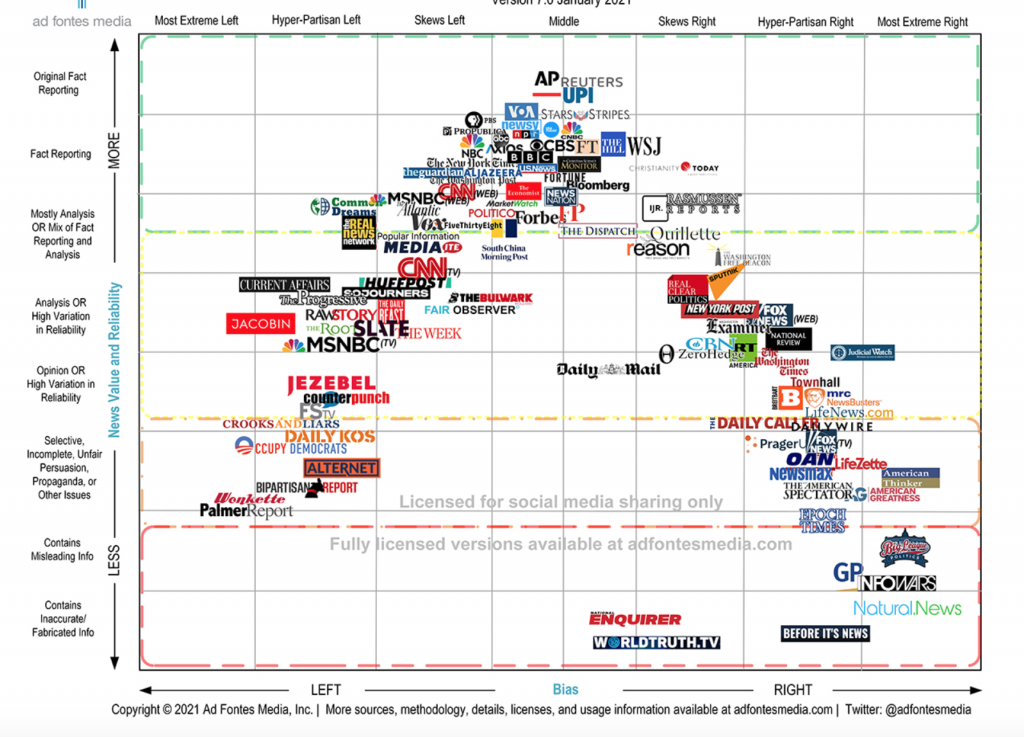As internet develops and becomes more and more prevalent to the human race, digital literacy is very important for everyone to understand. Digital literacy is described as one’s ability to find, evaluate, and communicate information on the internet. When doing this, it is important to understand that not all information found on the internet is true or credible. I believe this is important to teach students at a young age because of the amount of fake news and media out there. Young children are very gullible will believe anything they see on the internet, which is why it is so very important to teach digital literacy in the classroom.

Fake news is EVERYWHERE from political mishaps to scientific findings, and everything in between. This article from Canadian School Libraries Journal states that there are three great strategies for dealing with fake news:
- Develop and employ investigative techniques – This can be done by making sure students know about fact-checking websites, such as Snopes and Politifact. Reading everything as if you are a fact-checker, and understanding bias.
- Use rich examples – This can be done by using real photos and events that have been falsified. This allows students to find real information about what really happened or where the false picture came from. Students may also already have insight on the event and be able to say “that is fake”.
- Nurture a Critical Disposition – Which pretty much means, nurture the idea of thinking critically about everything you see online. It is important to not think everything you see is accurate, especially if you intend to share it with others.

I believe that teaching digital literacy in an elementary classroom may consist of making information through technology a part of their life, this will enable children to become familiar with ‘smart’ learning tools. It is important that children are introduced to technology, or they may become overwhelmed when technology advances. Some students may not have any technology at home as well, so it is important for them to learn about it at school to diminish that digital divide.
A few great resources I would introduce to students would be:
- The Media Bias Chart – I believe this is a great resource for differentiating which side of the spectrum news papers and website fall towards. For example CNN skews left, but is high in reliability. Meanwhile Fox News is hyper-partisan right, and is selective, incomplete, unfair etc.
- Spot the Troll – This is a website that would be great for students to get a sense of how to distinguish a fake person or site. It generates quizzes of real social media accounts and you decide whether it is real or a troll. After you pick real or troll, the site gives you tips about the account to distinguish why it was fake or real.
- The Weekly News Quiz for Student’s by The New York Times – This is also an awesome resource as there are many different articles to choose from, all based on real events. Each quiz consists of a 10 photo’s each with a fill in the blank. This website allows for students to really see how much they know about what is happening in the world, and you could even have students do it once a week.


